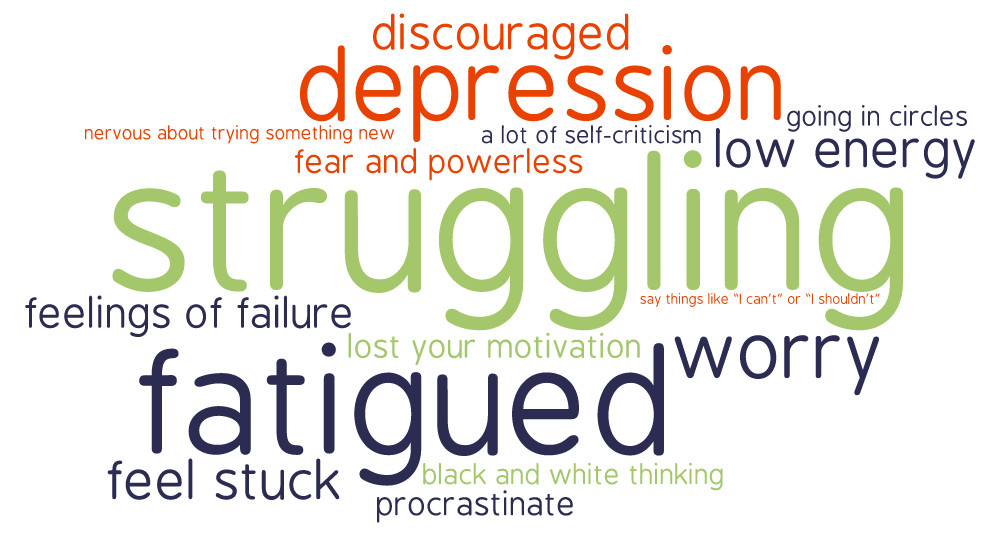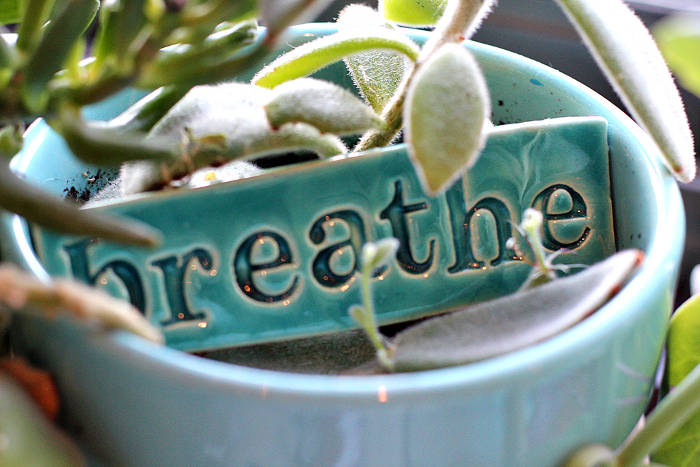We’re at that time of year again when the world is full of people who want to help us fix ourselves.
Have you noticed that many New Years’ resolutions have a scolding tone of voice? No more desserts for you until you’ve cleaned up your exercise routine, young lady. I told you not to spend so much over the holidays, young man. Now go clean that mess up!
Let’s try a different approach, shall we? Let’s go carrot instead of stick.*
Something New for 2016
I am entering 2016 from a different angle and I invite you to come along for the ride. I’m going to frame out the year through a series of 25 questions that ponder some of life’s intriguing questions. With that 25 questions I’m going to create 100 things – blog posts, webinars, courses, doodles, photos, etc. Anything that helps me express my ideas and experiences about that question. A different question every two weeks. I’ll be diving into the questions with clients, posting on Facebook, tweeting, journalling, Instagramming, creating and checking in with people around me.
Where did this idea come from? Almost out of the blue. I casually joined a group called Quest2015 in early December. I thought it was a group business planning exercise, and it was. What caught my eye initially was a 10% discount for an erasable calendar. I thought it would be great for planning the year out. This makes me laugh now.
Open Wonder
My whole sense of what is possible in life was cracked open in December. I know, I know. That’s a pretty big statement. And we hear phrases like that all the time for some pretty mundane events. But it was a real game-changer, to quote the biz types.
Through small doors come life-changing experiences. Jeffrey Davis, of Tracking Wonder, put out the invitation to business artists to use 12 prompts from a group of innovative thinkers to dive deeper into the why of our businesses. I knew, and had an intellectual crush, on quite a few of them. How could I say no?
One of the early prompts was from Pam Houston. She is the author of four books, including novel Contents May Have Shifted and short stories Cowboys Are My Weakness. I haven’t read her work (soon to be fixed) but others call her beloved and insanely talented. She is Professor of English at UC Davis, directs the literary nonprofit Writing by Writers, and teaches in the Pacific University low residency MFA program.
She asked us to sit quietly and ask yourself, what in the last day or week or month has made your heart leap up? Not what should, or might or always had, but what did. Make that list. Be honest, even if it surprises you. Keep the list with you this month. Add to it when it happens. Train yourself to notice. Then ask your self today, how can I arrange my life to get more of those heart leaps in it?
My Leap
This thing made my heart leap when my husband hung it before Christmas.

And it made my heart leap every time I stepped out the door and I’d forgotten that was there. Why?
Well, it’s shiny and pretty — and I love shiny things. I used to make things like this all the time but I stopped. Life got kind of serious and difficult and I forgot about making things. Then it got busy and making shiny things was frivolous. And often I was too tired to make things. More spiritually than physically.
And I finished it! I started with a hula hoop, some pool noodles, duct tape and a crapload of ornaments. Now it’s a circle of shininess. Sometimes there were balls on the ground and I knew that the squirrels had taken it for a spin. That makes my heart happy. I’d just put them back on for their next spin.
My heart leaps because I have a sense of getting a ‘next time’ to spin on the shiny circle again myself. Making that shiny circle of Christmas sparkliness seemed to herald a return to energy and possibility. Here’s what’s on my list . . .
Dive into sensual pleasures. Movement that nourishes. Joy in others. The beauty of nature. Giving love away like it’s a bottomless pool. Laughing with friends until you cry or spit or expel something. Pretty things that please the eye. Good music. Deeply connecting with others. Seeing people grow into their potential. Remembering warm times from the past. Making things. Writing things. Cooking things.
January is a tricky time of year. There’s a natural settling in that comes from the lead of winter. Many of our animal brethren are hibernating and the song of cozy sings. For those who are internal and introspective there can be too much burrowing in and losing contact with the pleasures and joys of nature and connection. To much disconnection from the beauty that life offers if we can see it.
I find my body gets so out of synch over Christmas that a sense of depression falls on it by the end of the month. And with my body goes my mind. Adopting the “New Year’s resolutions” of healthy eating and exercise is more about restoring mental and physical balance than losing weight or changing a size. I want to restore the connection to my nourishing inner life.
Nourish Yourself
Sometimes I have trouble recognizing the things that make my heart leap, even with the return of healthy kindness to my body. Then I turn to another two of my intellectual crushes — Rick Hanson and Barbara Fredericton. I’ve been very lucky to meet both of them and was dweeby when I did.
Rick Hanson wrote Hardwiring Happiness, which is filled with practical mindfulness practices that help your brain balance it’s tendency to see the negative. Barbara Frederickson is a researcher and professor of psychology at UNC at Chapel Hill. Her research reveals how positive emotions, fleeting as they are, can tip the scales toward a life of flourishing. Her Positivity website is a good place to start and has a handy app that helps you see where your emotions are at.

This is a perfect time for journalling and visiting with yourself. Ask — where does your heart leap? Pull out your pictures from last year. As you leaf or page through, remember the moments that your heart leapt. As you have a few moments of quiet let your mind wander to the times of pleasure, happiness and joy. Make a list of the important people in your life and write down those heart leaping experiences with them. Then do the same for those times you shared with strangers. Anything that brings you back to the joys of 2014. Let your mind and heart take you from there.
 I divide my experiences into pleasure, happiness, and joy. For me, pleasure is a personal experience. Some delicious chocolate, a good meal, a nice glass of wine. Happiness is a harmony thing. The moments with family and friends of warmth, successes, connection, brightness and order make me happy. Joy comes from a larger place, a place where I can witness the unfolding of what is beautiful and right in the world.
I divide my experiences into pleasure, happiness, and joy. For me, pleasure is a personal experience. Some delicious chocolate, a good meal, a nice glass of wine. Happiness is a harmony thing. The moments with family and friends of warmth, successes, connection, brightness and order make me happy. Joy comes from a larger place, a place where I can witness the unfolding of what is beautiful and right in the world.
*Not to say that stick doesn’t have it’s place. Sometimes the stick of a deadline or a promise is just what will keep you chugging along. But it’s a heavy-handed tool and you’re much more treasured than that.
Photo: Love joy_ Dave Parker CC 2.0






 I divide my experiences into pleasure, happiness, and joy. For me, pleasure is a personal experience. Some delicious chocolate, a good meal, a nice glass of wine. Happiness is a harmony thing. The moments with family and friends of warmth, successes, connection, brightness and order make me happy. Joy comes from a larger place, a place where I can witness the unfolding of what is beautiful and right in the world.
I divide my experiences into pleasure, happiness, and joy. For me, pleasure is a personal experience. Some delicious chocolate, a good meal, a nice glass of wine. Happiness is a harmony thing. The moments with family and friends of warmth, successes, connection, brightness and order make me happy. Joy comes from a larger place, a place where I can witness the unfolding of what is beautiful and right in the world.


